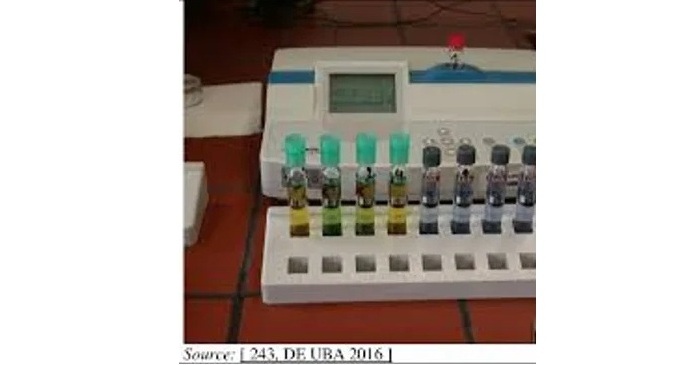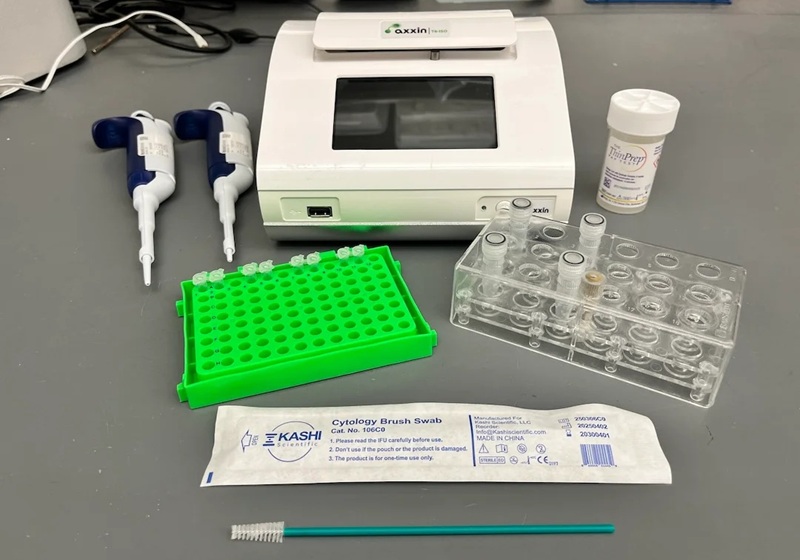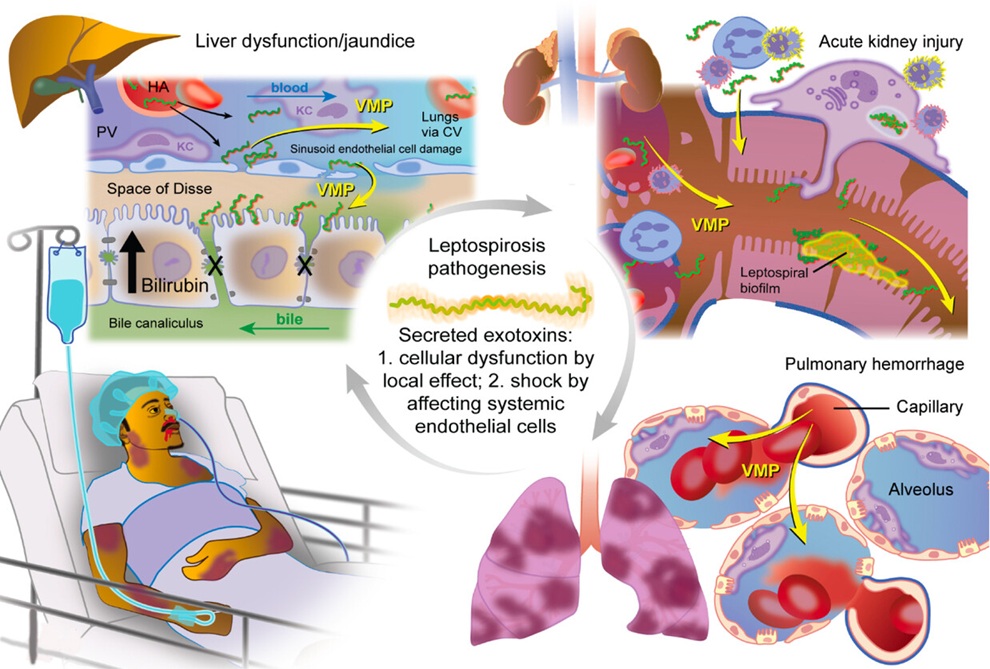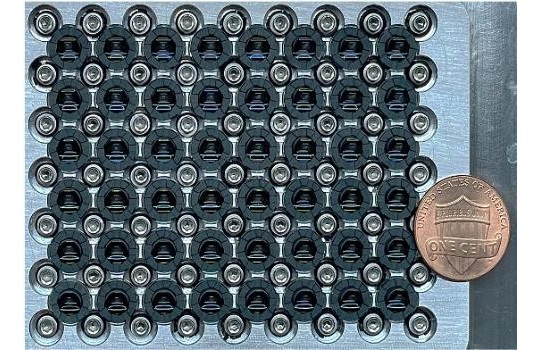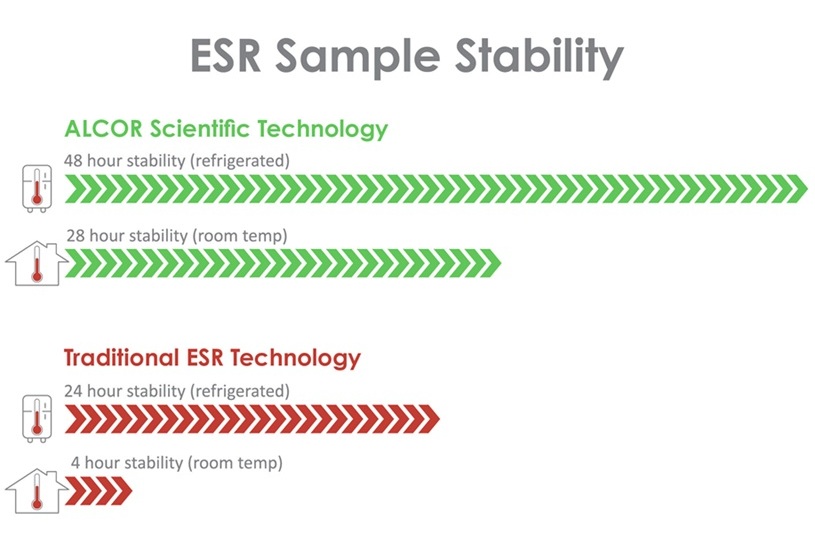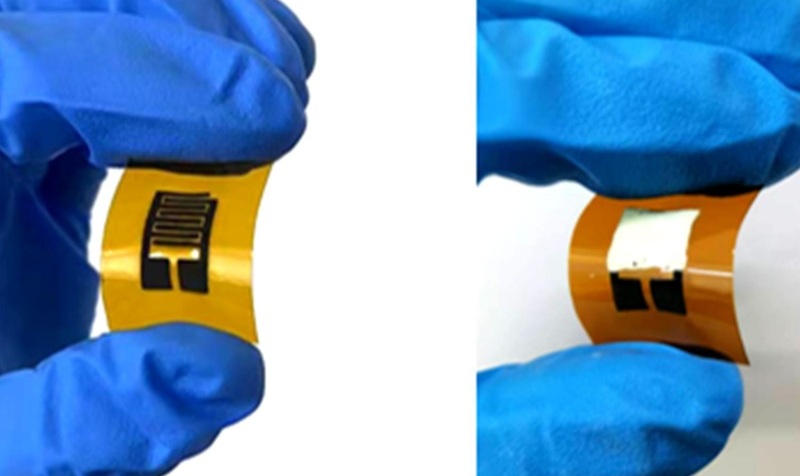Invasive Pulmonary Aspergillosis Diagnosed by Molecular Test
|
By LabMedica International staff writers Posted on 12 Jun 2019 |
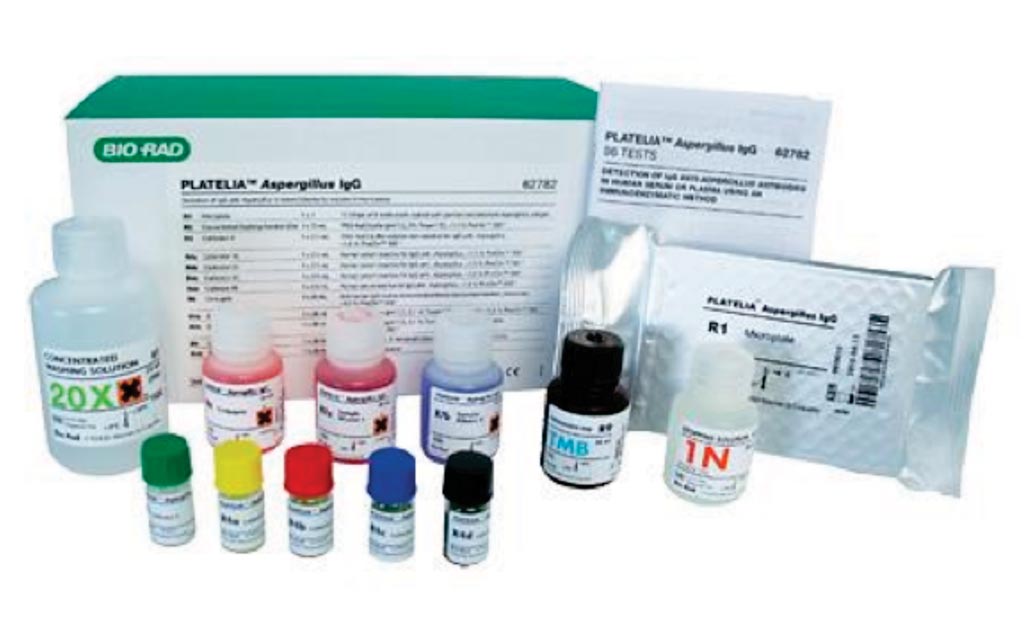
Image: The PLATELIA ASPERGILLUS Ag Test (Photo courtesy of Bio-Rad Laboratories).
Invasive aspergillosis (IA) is a common opportunistic fungal infection, mainly affecting patients with severe and prolonged neutropenia. Early diagnosis of invasive pulmonary aspergillosis (IPA) is notoriously difficult, but crucial for prompt treatment initiation required to improve patient outcome.
The mycological evidence used for the diagnosis of probable IPA includes traditional microbiological microscopy and culture of a respiratory specimen, along with non-culture-based serological tests, like that of GM antigen in serum and bronchoalveolar lavage (BAL) fluid, as well as β-d-Glucan in serum.
Medical scientists from Rambam Health Care Campus (Haifa, Israel) and their associates performed bronchoscopies using a fiber-optic bronchoscope with cardiopulmonary monitoring. The procedure was conducted under conscious sedation and local anesthesia. Laboratory analysis of the broncho-alveolar lavage (BAL) fluid included the following: cytological staining for the detection of fungal elements, Pneumocystis jirovecii (PJ) bodies and viral inclusion bodies in alveolar cells; bacterial stains and cultures including specific growth media for Mycobacterial spp., Legionella spp.; fungal cultures; viral cultures for herpes simplex virus (HSV), and cytomegalovirus (CMV); polymerase chain reaction (PCR) for the detection of Aspergillus spp., Legionella spp., Mycobacterial spp., PJ, HSV, CMV and respiratory viruses (influenza, parainfluenza, respiratory syncytial virus, adenovirus, human metapneumovirus) nucleic acid.
The GM antigen in serum and BAL fluid was measured using ELISA. Total DNA was prepared from 5 mL of a BAL fluid sample using QIAamp DNA mini kit and was PCR-amplified using a two-step (nested) PCR assay that specifically amplifies a highly conserved Aspergillus species-specific region of the 18S ribosomal RNA gene. A 232bp PCR fragment encoded by the human β-globin gene was amplified in parallel as a control for the presence of host DNA. Total DNA products were amplified in a T3 Thermocycler.
During the 12-year study period, January 2005 to December 2016, 1,072 patients underwent 1,248 bronchoscopies with BAL for a suspected opportunistic lung infection. Of the study population, 630/1072 (59%) were males; median age was 55 (1–90) years. Hematological malignancy was found in 77%, of them 40% had AML and 35.6% underwent hematopoietic stem cell transplantation (HSCT). IPA was diagnosed in 531 patients (42.5%), seven-proven, 280-probable and 244-possible. PCR was positive in 266 cases, of them 213 had IPA, indicating a true positive rate of 80% (213/266) and a false positive rate of 20% (53/266). These results establish the diagnostic performance of PCR to have sensitivity of 40%, specificity of 93%, PPV- 80% and NPV-68%. Of 244 patients with possible IPA, 80 had positive PCR. Including PCR in the diagnostic criteria would move 80 cases from the possible group to the probable one. A combination of positive PCR and/or BAL-GM increases sensitivity to 74%, while positivity of both tests elevates PPV to 99.4%.
The authors concluded that including PCR test for the detection of Aspergillus DNA in BAL in the mycological criteria of the EORTC/MSG definitions increases the rate and the certainty of IPA diagnosis. The study was published in the June 2019 issue of the International Journal of Infectious Diseases.
Related Links:
Rambam Health Care Campus
The mycological evidence used for the diagnosis of probable IPA includes traditional microbiological microscopy and culture of a respiratory specimen, along with non-culture-based serological tests, like that of GM antigen in serum and bronchoalveolar lavage (BAL) fluid, as well as β-d-Glucan in serum.
Medical scientists from Rambam Health Care Campus (Haifa, Israel) and their associates performed bronchoscopies using a fiber-optic bronchoscope with cardiopulmonary monitoring. The procedure was conducted under conscious sedation and local anesthesia. Laboratory analysis of the broncho-alveolar lavage (BAL) fluid included the following: cytological staining for the detection of fungal elements, Pneumocystis jirovecii (PJ) bodies and viral inclusion bodies in alveolar cells; bacterial stains and cultures including specific growth media for Mycobacterial spp., Legionella spp.; fungal cultures; viral cultures for herpes simplex virus (HSV), and cytomegalovirus (CMV); polymerase chain reaction (PCR) for the detection of Aspergillus spp., Legionella spp., Mycobacterial spp., PJ, HSV, CMV and respiratory viruses (influenza, parainfluenza, respiratory syncytial virus, adenovirus, human metapneumovirus) nucleic acid.
The GM antigen in serum and BAL fluid was measured using ELISA. Total DNA was prepared from 5 mL of a BAL fluid sample using QIAamp DNA mini kit and was PCR-amplified using a two-step (nested) PCR assay that specifically amplifies a highly conserved Aspergillus species-specific region of the 18S ribosomal RNA gene. A 232bp PCR fragment encoded by the human β-globin gene was amplified in parallel as a control for the presence of host DNA. Total DNA products were amplified in a T3 Thermocycler.
During the 12-year study period, January 2005 to December 2016, 1,072 patients underwent 1,248 bronchoscopies with BAL for a suspected opportunistic lung infection. Of the study population, 630/1072 (59%) were males; median age was 55 (1–90) years. Hematological malignancy was found in 77%, of them 40% had AML and 35.6% underwent hematopoietic stem cell transplantation (HSCT). IPA was diagnosed in 531 patients (42.5%), seven-proven, 280-probable and 244-possible. PCR was positive in 266 cases, of them 213 had IPA, indicating a true positive rate of 80% (213/266) and a false positive rate of 20% (53/266). These results establish the diagnostic performance of PCR to have sensitivity of 40%, specificity of 93%, PPV- 80% and NPV-68%. Of 244 patients with possible IPA, 80 had positive PCR. Including PCR in the diagnostic criteria would move 80 cases from the possible group to the probable one. A combination of positive PCR and/or BAL-GM increases sensitivity to 74%, while positivity of both tests elevates PPV to 99.4%.
The authors concluded that including PCR test for the detection of Aspergillus DNA in BAL in the mycological criteria of the EORTC/MSG definitions increases the rate and the certainty of IPA diagnosis. The study was published in the June 2019 issue of the International Journal of Infectious Diseases.
Related Links:
Rambam Health Care Campus
Latest Immunology News
- Novel Tool Predicts Most Effective Multiple Sclerosis Medication for Patients
- Companion Diagnostic Test for CRC Patients Identifies Eligible Treatment Population
- Novel Tool Uses Deep Learning for Precision Cancer Therapy
- Companion Diagnostic Test Identifies HER2-Ultralow Breast Cancer and Biliary Tract Cancer Patients
- Novel Multiplex Assay Supports Diagnosis of Autoimmune Vasculitis
- Blood Test Predicts Immunotherapy Efficacy in Triple-Negative Breast Cancer
- Simple Genetic Testing Could Predict Treatment Success in Multiple Sclerosis Patients
- Novel Gene Signature Predicts Immunotherapy Response in Advanced Kidney Cancers
- New Technology Deciphers Immune Cell Communication to Predict Immunotherapy Response
- AI Model Accurately Predicts MSI Tumor and Immune Checkpoint Inhibitor Responsiveness
- Precision Tool Predicts Immunotherapy Treatment Failure in Melanoma Patients
- Paper-Based Device Accurately Detects Immune Defects in 10 Minutes
- New AI System Uncovers Hidden Cell Subtypes to Advance Cancer Immunotherapy
- Evolutionary Clinical Trial to Identify Novel Biomarker-Driven Therapies for Metastatic Breast Cancer
- Groundbreaking Lateral Flow Test Quantifies Nucleosomes in Whole Venous Blood in Minutes
- World’s First Clinical Test Predicts Best Rheumatoid Arthritis Treatment
Channels
Clinical Chemistry
view channel
VOCs Show Promise for Early Multi-Cancer Detection
Early cancer detection is critical to improving survival rates, but most current screening methods focus on individual cancer types and often involve invasive procedures. This makes it difficult to identify... Read more
Portable Raman Spectroscopy Offers Cost-Effective Kidney Disease Diagnosis at POC
Kidney disease is typically diagnosed through blood or urine tests, often when patients present with symptoms such as blood in urine, shortness of breath, or weight loss. While these tests are common,... Read moreMolecular Diagnostics
view channelSimple Blood Test Identifies Metabolic Signature of Healthier Aging
Exercise has long been known to protect mobility and reduce the risk of chronic disease, but the molecular processes that translate activity into healthier aging have remained unclear. Researchers have... Read more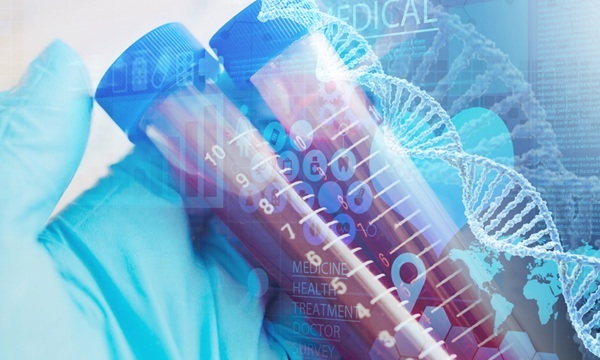
Rapid Blood Tests Differentiate Schizophrenia and Bipolar Disorder
Schizophrenia (SZ) and bipolar disorder (BD) affect millions of Americans but are often difficult to distinguish due to overlapping symptoms. Current diagnostic methods rely heavily on subjective assessments... Read moreHematology
view channel
Viscoelastic Testing Could Improve Treatment of Maternal Hemorrhage
Postpartum hemorrhage, severe bleeding after childbirth, remains one of the leading causes of maternal mortality worldwide, yet many of these deaths are preventable. Standard care can be hindered by delays... Read more
Pioneering Model Measures Radiation Exposure in Blood for Precise Cancer Treatments
Scientists have long focused on protecting organs near tumors during radiotherapy, but blood — a vital, circulating tissue — has largely been excluded from dose calculations. Each blood cell passing through... Read more
Platelets Could Improve Early and Minimally Invasive Detection of Cancer
Platelets are widely recognized for their role in blood clotting and scab formation, but they also play a crucial role in immune defense by detecting pathogens and recruiting immune cells.... Read more
Portable and Disposable Device Obtains Platelet-Rich Plasma Without Complex Equipment
Platelet-rich plasma (PRP) plays a crucial role in regenerative medicine due to its ability to accelerate healing and repair tissue. However, obtaining PRP traditionally requires expensive centrifugation... Read moreImmunology
view channel
Novel Tool Predicts Most Effective Multiple Sclerosis Medication for Patients
Multiple sclerosis (MS) is a chronic autoimmune and degenerative neurological disease that affects the central nervous system, leading to motor, cognitive, and mental impairments. Symptoms can include... Read more
Companion Diagnostic Test for CRC Patients Identifies Eligible Treatment Population
Colorectal cancer remains one of the leading causes of cancer-related deaths worldwide, and identifying which patients will benefit most from targeted immunotherapies is critical. Existing diagnostic methods... Read more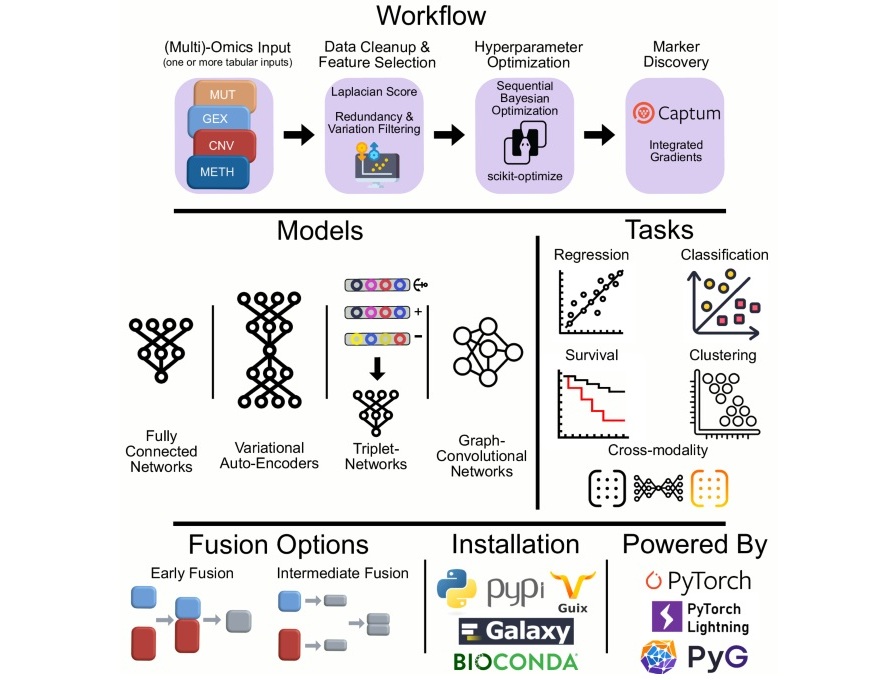
Novel Tool Uses Deep Learning for Precision Cancer Therapy
Nearly 50 new cancer therapies are approved each year, but selecting the right one for patients with highly individual tumor characteristics remains a major challenge. Physicians struggle to navigate the... Read more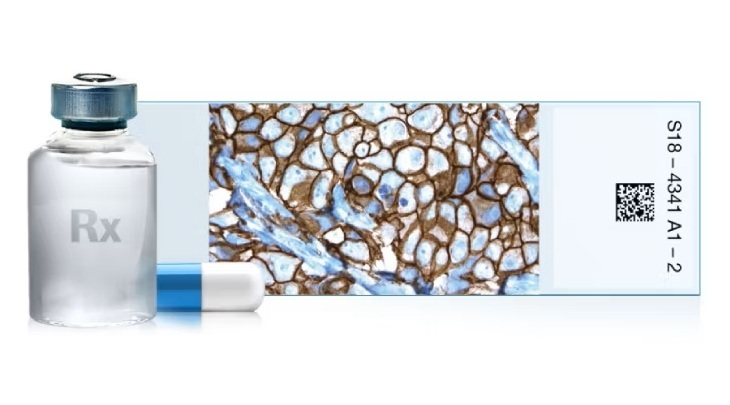
Companion Diagnostic Test Identifies HER2-Ultralow Breast Cancer and Biliary Tract Cancer Patients
Breast cancer is the most common cancer in Europe, with more than 564,000 new cases and 145,000 deaths annually. Metastatic breast cancer is rising in younger populations and remains the leading cause... Read morePathology
view channel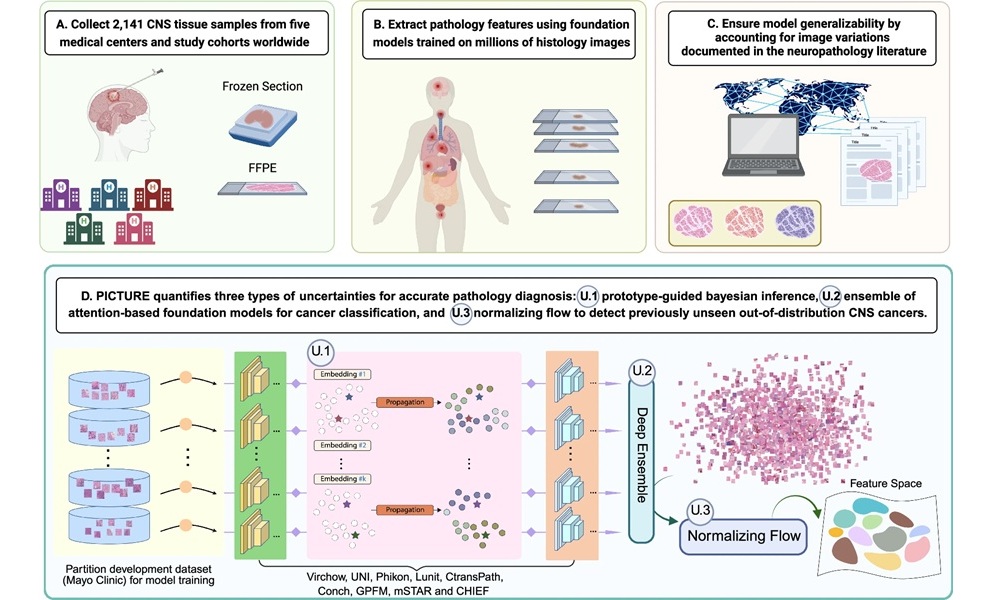
AI Tool Helps Surgeons Distinguish Aggressive Glioblastoma from Other Brain Cancers in Real-Time
Accurately distinguishing between brain tumors during surgery is one of the toughest diagnostic challenges in neuro-oncology. Glioblastoma, the most common and aggressive brain tumor, often appears similar... Read more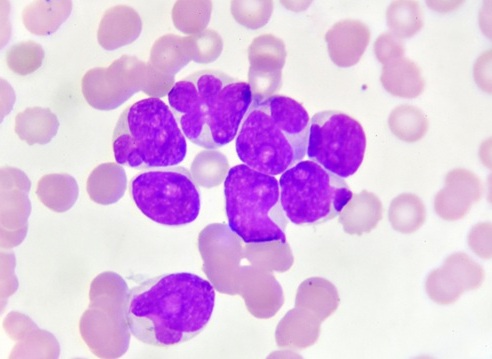
New Tool Could Revolutionize Acute Leukemia Diagnosis
Acute leukemia is a highly aggressive blood cancer that requires rapid and accurate diagnosis to guide treatment decisions. Current diagnostic methods, which rely on molecular and cytogenetic testing,... Read moreTechnology
view channel
Hybrid Pipette Combines Manual Control with Fast Electronic Aliquoting
Manual pipettes offer the control needed for delicate tasks such as mixing or supernatant removal, but typically fall short in repetitive workflows like aliquoting. Electronic pipettes solve this problem... Read more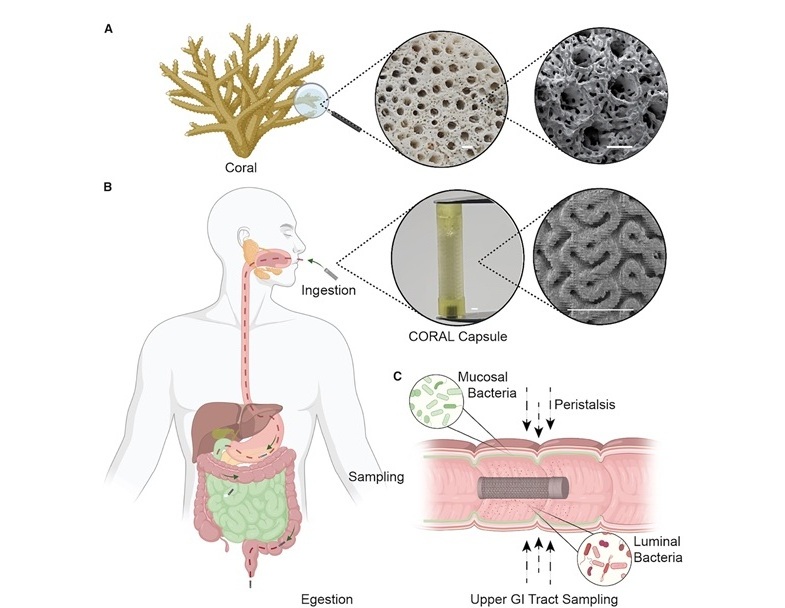
Coral-Inspired Capsule Samples Hidden Bacteria from Small Intestine
The gut microbiome has been linked to conditions ranging from immune disorders to mental health, yet conventional stool tests often fail to capture bacterial populations in the small intestine.... Read more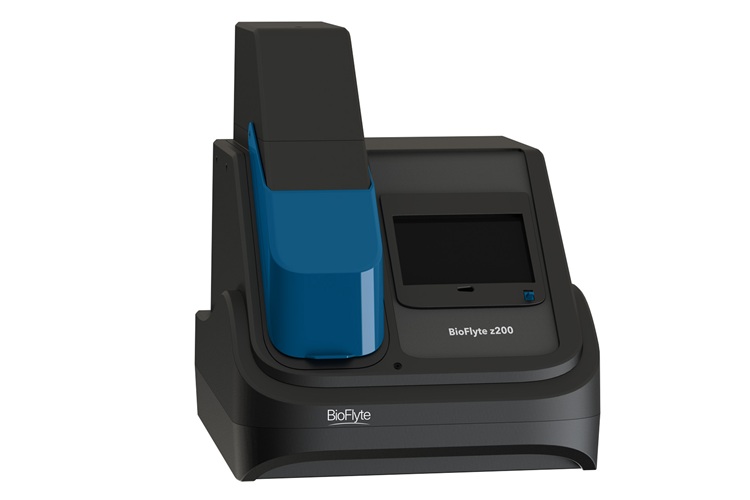
Rapid Diagnostic Technology Utilizes Breath Samples to Detect Lower Respiratory Tract Infections
Respiratory tract infections (LRTIs) are leading causes of illness and death worldwide, particularly among vulnerable populations such as the elderly, young children, and those with compromised immune systems.... Read moreIndustry
view channelELITech and Hitachi High-Tech to Develop Automated PCR Testing System for Infectious Diseases
Molecular testing has become central to diagnosing and monitoring infectious diseases by analyzing genetic information. The use of PCR during the COVID-19 pandemic showed its value, but traditional systems... Read more